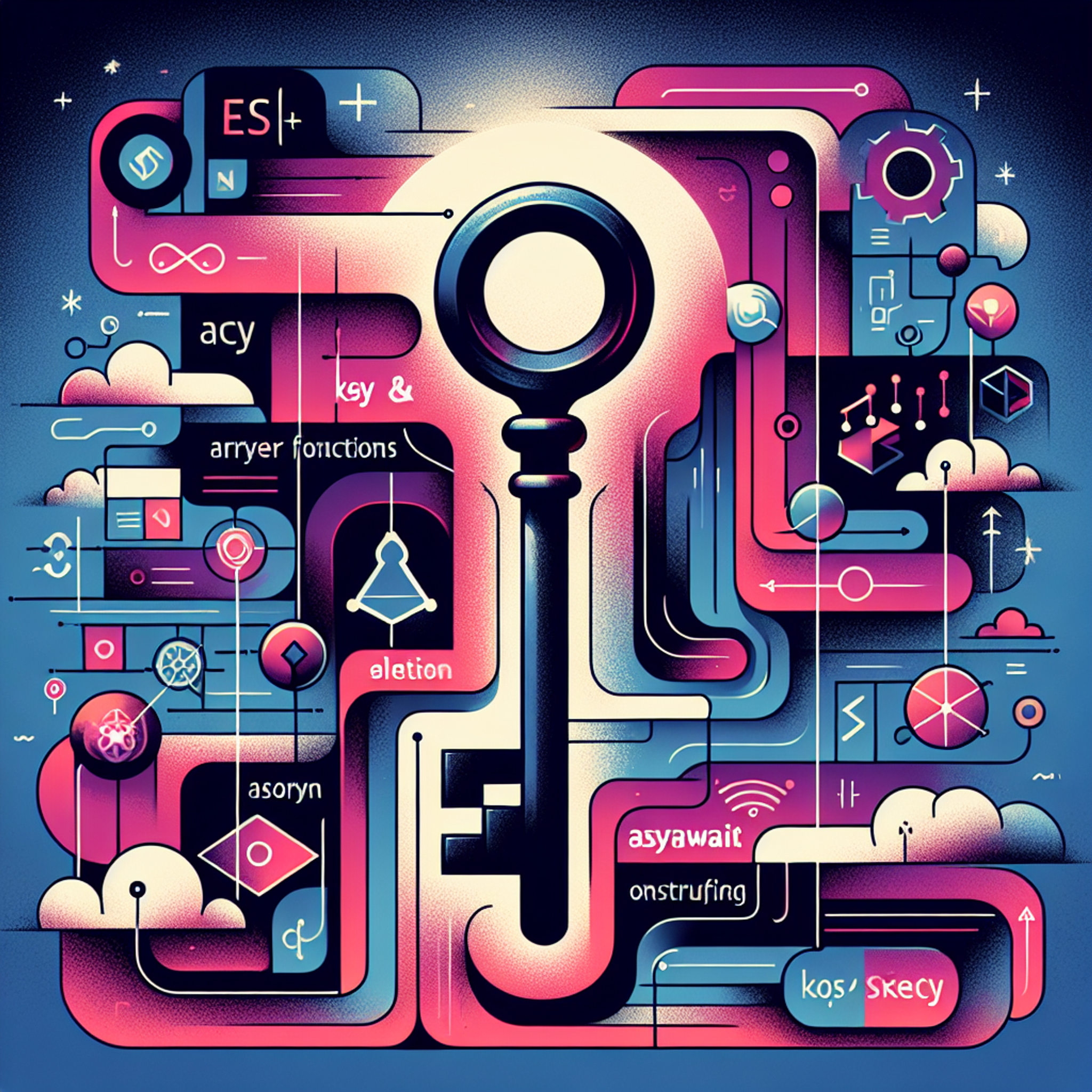
Scalable Database Design for SaaS Applications: Best Practices from DETL’s Experts
When building high-performance SaaS applications, nothing is more critical, or more overlooked, than proper database design. At DETL, we’ve helped clients including Hutsy, Psyvatar, and Cap AI scale their platforms by architecting robust, high-performing, and cloud-optimized databases that support multi-tenancy, growth, and long-term maintainability.
In this guide, we'll delve into SaaS database architecture, explore proven schema design techniques, highlight optimization strategies, and share real-world techniques we've applied at DETL. Whether you're starting with a new project or refactoring an existing SaaS application, this article gives you the technical insights needed to turn your database into a competitive advantage.
Why Database Design Matters in SaaS Architecture
SaaS applications operate under demanding conditions. They need to support multiple users, handle varied workloads, maintain high availability, and scale effortlessly. At the heart of this lies the database layer.
Poor data modeling choices early on can create bottlenecks, hinder performance, and make scaling expensive. Conversely, thoughtful database design ensures:
- Efficient storage and retrieval
- Scalable read/write operations
- Clean separation of tenant data
- Simpler updates and feature enhancements
- Strong data security and compliance
At DETL, we’ve seen first-hand how strategic database planning sets the foundation for long-term product success in projects like EMAS Toronto and Absolute Football Training.
Multi-Tenant Architecture: Choosing the Right Data Isolation Strategy
A crucial design decision for SaaS applications is how to isolate tenant data. There are three typical approaches:
1. Shared Database, Shared Schema
All tenants use the same set of tables. A tenant identifier (e.g., `tenant_id`) is added to key tables.
- Pros: Easy to manage, cost-effective
- Cons: Complex permissions, limited vertical scaling
Example:
1SELECT * FROM invoices WHERE tenant_id = 27;This is ideal for lightweight apps such as Cap AI, where tenant differentiation is minimal.
2. Shared Database, Separate Schemas
A single database with separate schema namespaces for each tenant. Each schema contains tenant-specific tables.
- Pros: Better isolation, easier to apply schema updates per tenant
- Cons: Schema management overhead grows with each tenant
Used in more complex SaaS platforms requiring customized features per client, such as Psyvatar.
3. Separate Databases per Tenant
Each tenant has their own database instance.
- Pros: Strong isolation, easy data export/migration
- Cons: High infrastructure cost, increased DevOps complexity
Often used in cases where regulatory concerns or large enterprise customers demand strict separation.
Choosing the right multi-tenancy pattern depends on your scalability, cost, and compliance needs. For Hutsy, DETL implemented a hybrid strategy—combining shared schemas for core operations and isolated databases for high-value clients.
Data Modeling: Foundations for Clean, Maintainable Architecture
Data modeling is a discipline, not a convenience. It defines how information is stored, linked, and queried. Effective models reduce query complexity and optimize performance.
Normalize First, Then Optimize
Start with normalized forms (typically 3NF). Avoid redundancy and ensure data consistency. Later, denormalize selectively where performance dictates.
Example: An `orders` table should reference users through IDs, not user names directly.
1-- Normalized design
2CREATE TABLE users (
3 user_id SERIAL PRIMARY KEY,
4 email TEXT UNIQUE NOT NULL
5);
6
7CREATE TABLE orders (
8 order_id SERIAL PRIMARY KEY,
9 user_id INTEGER REFERENCES users(user_id),
10 order_date TIMESTAMP DEFAULT CURRENT_TIMESTAMP
11);Favor UUIDs Over Serial IDs for Global Uniqueness
Especially in distributed or multi-tenant setups, UUIDs prevent key collisions and make sharding/data migration safer.
1CREATE EXTENSION IF NOT EXISTS "uuid-ossp";
2
3CREATE TABLE tenants (
4 id UUID PRIMARY KEY DEFAULT uuid_generate_v4(),
5 name TEXT NOT NULL
6);Use Join Tables for Many-to-Many Relationships
A clean schema design avoids redundancy and supports flexible queries.
1CREATE TABLE user_roles (
2 user_id UUID REFERENCES users(id),
3 role_id UUID REFERENCES roles(id),
4 PRIMARY KEY (user_id, role_id)
5);Data modeling decisions made early on impact your agility later. Psyvatar’s flexible hierarchy of care plans was made possible by designing polymorphic relationships that allowed new care types without schema changes.
Performance and Scalability: Optimize Query Speed at Scale
As your data grows, query speed can degrade. Here are the strategies we apply at DETL to maintain top-tier database performance:
Index Strategically
Use compound and partial indexes where appropriate. For example, indexing by `tenant_id` and `created_at` gives performance benefits for time-bound queries per tenant.
1CREATE INDEX idx_tenant_created_at ON invoices (tenant_id, created_at DESC);Archive Cold Data
Don't let historic records slow down everyday queries. Archived data can be moved to separate partitions, tables, or even S3/cloud storage for retrieval.
Leverage Read Replicas
Distribute read-heavy workloads across replicas to reduce load on the primary. This is essential in read-intensive applications like Cap AI and Absolute Football Training.
Monitor and Profile Queries
Tools like PostgreSQL EXPLAIN, pg_stat_statements, or cloud-native solutions help spot slow queries and bottlenecks before they become serious issues.
SaaS Best Practices: Database Optimization in the Cloud
Modern cloud infrastructure allows optimization that traditional hosted databases could not. When architecting for SaaS scalability, DETL recommends:
Use Managed Cloud Databases (e.g., Amazon RDS, Google Cloud SQL)
They offer automatic backups, scaling, maintenance, and security patches—all essential for production SaaS deployments.
Auto-scaling Resources with Load
Designed for peak efficiency, solutions like Aurora (AWS) support Serverless V2, adjusting compute based on actual traffic.
Encrypt At Rest and In Transit
Compliance and trust are critical—especially in industries like fintech or health tech. Hutsy and Psyvatar both leverage managed encryption for sensitive PII and financial data.
Backup and Rollback Strategies
Design for resilience. Ensure PITR (Point-In-Time Recovery), automated snapshots, and region-level replication are in place.
Real-World Example: Scaling Hutsy’s Financial Backend
When DETL partnered with Hutsy, we encountered a rapidly growing fintech product already onboarding hundreds of users a week. The initial monolithic MySQL database struggled to meet demands.
We redesigned the schema to:
- Normalize core entities around financial accounts, payments, and users
- Introduce a `tenant_id`-based architecture for customer organizations
- Move read-heavy analytics to a materialized view system
- Implement Redis caching for frequently accessed balance data
The result: database query latency dropped by 70%, and system uptime improved to 99.98%. Hutsy scaled to thousands of users without needing a costly re-architecture.
Cap AI and Cost-Effective SaaS Scaling
Cap AI, DETL’s internal SaaS product for social media caption generation, showcases another important theme: lean architecture. As a lightweight tool, cost-efficiency was key.
We implemented:
- A shared schema multi-tenancy
- PostgreSQL with indexing tuned to daily workloads
- Auto-cleanup jobs for expired caption data
- Batched async writes to reduce I/O pressure during peak usage
This approach helped Cap AI stay responsive and affordable, even as adoption grew.
Conclusion: Build a Future-Proof Database with DETL
Successful SaaS products aren’t just built—they’re engineered with precision. At DETL, we've helped platforms in healthtech, fintech, AI, and more turn database bottlenecks into competitive advantages. Whether it's smart schema planning, multi-tenant isolation, or cloud database optimization, our experts combine technical depth with practical execution.
Need help future-proofing your SaaS architecture?
📩 Contact DETL today for a consultation, and let's turn your data structure into your product’s strength.
Let our experience—from Psyvatar to Hutsy—help power your next big idea.
---
Want more insights like this? Follow DETL.ca for expert articles on database performance, SaaS best practices, and scalable architecture solutions.




